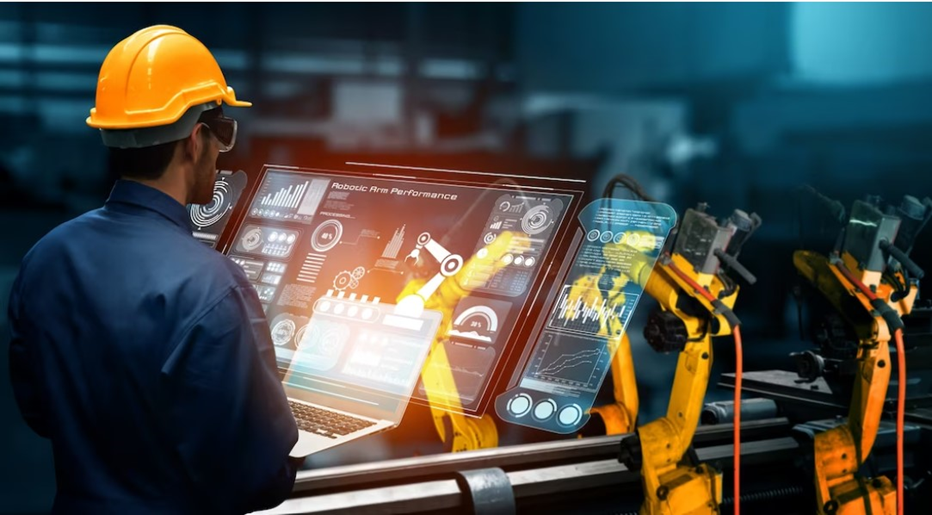AI changing factories Today!

Artificial intelligence (AI) has already revolutionized various industries, and it's now making its way into factories. The use of AI in factories can help improve efficiency, quality, and safety, which will eventually lead to increased productivity and profitability. In this blog, we will explore how AI is changing factories and what we can expect in the future.
Automated Maintenance and Monitoring
In traditional factories, maintenance and monitoring tasks were carried out manually, which could lead to errors and downtime. However, with the help of AI, factories can now automate these tasks. AI algorithms can analyse data collected by sensors and predict when machines need maintenance, reducing downtime and increasing efficiency. Moreover, AI also tracks and quantifies human behaviour and adds more parameters for more accurate decisions. AI can also detect anomalies in machines and alert maintenance personnel to prevent breakdowns.
Predictive Maintenance
AI can also help factories move from reactive maintenance to predictive maintenance. AI algorithms can analyse data collected by sensors and predict when machines will fail, allowing maintenance teams to take action before a breakdown occurs. This approach reduces downtime, saves money on repairs, and increases the lifespan of machines.
Improved Quality Control
AI algorithms can detect defects in products by analysing images or data collected by sensors. This approach helps improve quality control and reduces the number of defective products that reach customers. Furthermore, AI can identify patterns in the production process that lead to defects, allowing factories to take corrective action.
Increased Efficiency
AI can also help factories move from reactive maintenance to predictive maintenance. AI algorithms can analyse data collected by sensors and predict when machines will fail, allowing maintenance teams to take action before a breakdown occurs. This approach reduces downtime, saves money on repairs, and increases the lifespan of machines.
Enhanced Safety
AI can improve safety in factories by monitoring workers and detecting potential hazards. For instance, AI algorithms can analyse video feeds to detect unsafe behavior such as workers not wearing safety equipment or walking into hazardous areas. Moreover, AI can detect anomalies in machines that could pose a safety risk and alert workers to take corrective action.
Reduced Costs
By automating tasks, optimizing production schedules, and improving quality control, AI can help factories reduce costs. This approach leads to increased profitability and competitiveness in the market
Skilled Workforce
With the rise of AI, there is a concern that it will replace human workers. However, AI can also enhance the skills of the existing workforce. For instance, workers can use AI-powered tools to analyse data and make better decisions. Furthermore, workers can be trained to work alongside AI and focus on tasks that require human skills such as creativity and problem-solving.
In conclusion, AI is transforming factories, and we can expect to see more changes in the future. By automating tasks, improving efficiency, quality control, safety, and reducing costs, AI is helping factories become more productive and profitable. Furthermore, AI can enhance the skills of the existing workforce, creating a better working environment for everyone.

